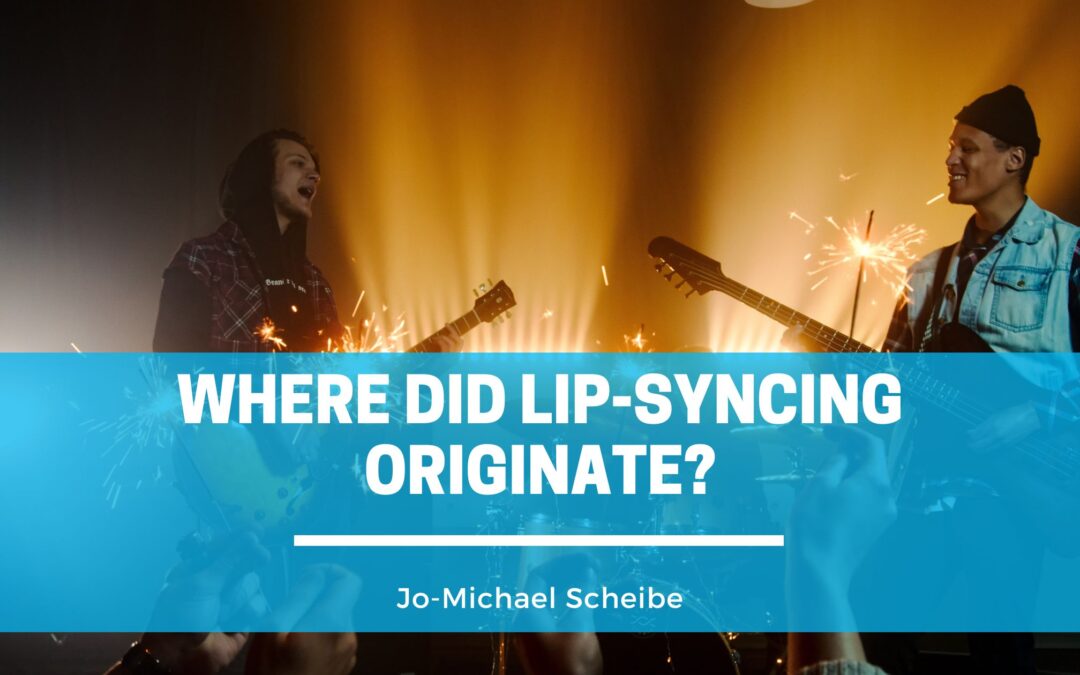Lip-syncing is a popular form of entertainment that has been around for decades. It involves the act of miming along to a pre-recorded track, typically a song or dialogue, to create the illusion of singing or speaking. Although lip-syncing is often linked with contemporary culture, its history dates back thousands of years. From the ancient Greek stage to the modern-day internet, the techniques and technologies used to create lip-syncing have evolved. However, the fundamental principles remain the same.
One of the earliest known examples of lip-syncing can be found in ancient Greece, where actors would perform in silent plays while a chorus sang in the background. These actors were tasked with conveying emotions and telling a story through physical movements and facial expressions rather than spoken dialogue. This technique, known as pantomime, was used extensively in ancient times and can be considered a precursor to modern-day lip-syncing.
In the early 20th century, lip-syncing became a popular method of entertainment. One of the earliest examples of this can be found in the 1917 film “The Jazz Singer,” which featured Al Jolson performing several musical numbers in sync with pre-recorded tracks. The film was a massive success and helped to popularize the use of lip-syncing in movies.
Throughout the 20th century, lip-syncing became a popular form of entertainment in various contexts. In the 1950s and 60s, lip-syncing became a staple of television variety shows, such as “The Ed Sullivan Show” and “American Bandstand.” These shows often featured musical acts performing their hit songs while lip-syncing to pre-recorded tracks.
In the 1980s and 90s, lip-syncing became common in music, particularly music videos. Many artists found that lip-syncing was a more practical way to create music videos, as it allowed them to focus on their performance rather than worrying about singing live. This led to iconic music videos like Michael Jackson’s “Thriller” and Madonna’s “Like a Prayer.”
Today, lip-syncing continues to be a popular form of entertainment across various mediums. It can be seen in everything from movies and television shows to live performances and social media. In recent years, lip-syncing has become particularly popular on apps like TikTok, where users can create short videos of themselves lip-syncing to popular songs or movie quotes.
While lip-syncing has certainly evolved since its early days in ancient Greece, the basic concept has remained the same. At its core, lip-syncing creates the illusion of singing or speaking through physical performance or digital manipulation. Whether you’re watching a classic Hollywood musical or scrolling through your favorite social media app, there’s a good chance you’ll come across lip-syncing.

